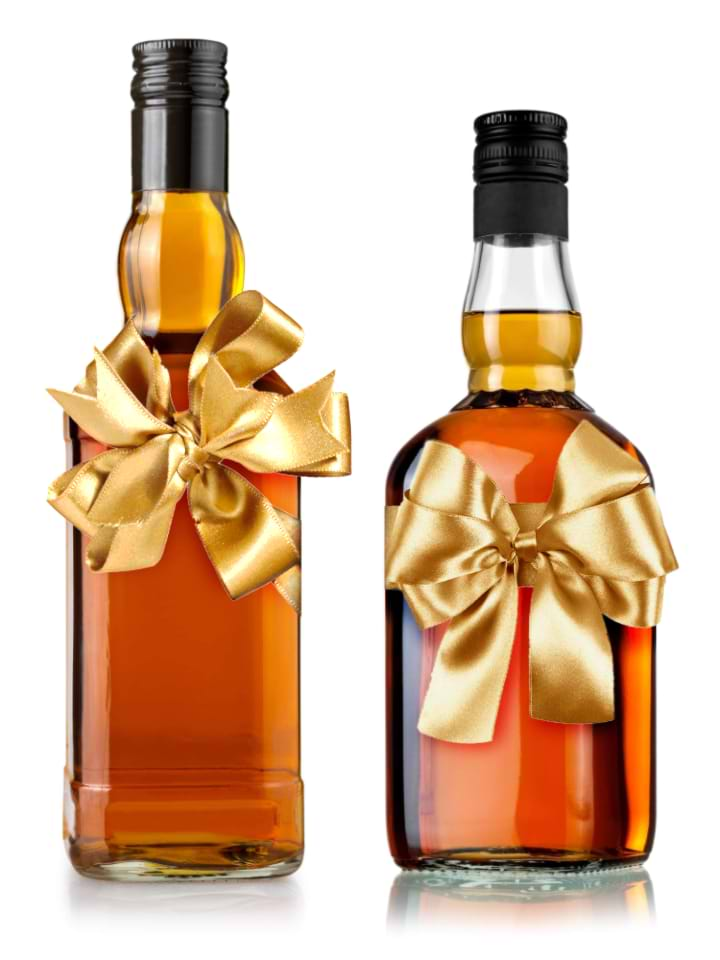
Historically speaking, rye whiskey was the prevalent whiskey type in the northeastern states, especially Pennsylvania and Maryland. Pittsburgh was the center of rye whiskey production in the late 1700s and early 1800s. And then rye whiskey largely disappeared after Prohibition. Fortunately for whiskey fans, rye whiskey has been undergoing a small but growing revival in the United States. Thanks to a small group of independent distillers, a new category of rye whiskey is emerging from the state of New York that is distinct, expertly crafted and poised for a major comeback.
What is the Empire Rye Trail in New York?
In 2015, six New York state distilleries set out on a path toward creating a new identity for rye whiskey. New York is a state steeped in rye-making tradition and was poised to take the grain to new heights. The distilleries banded together to establish a whiskey style for the Empire State that would be distinct to the area and held to the same high standards as the other infamous whiskey styles of the world.
And so, the Empire Rye Trail was born. According to their site, “It’s an homage to New York State’s pre-Prohibition rye whiskey-making heritage and a testament to the ingenuity and industriousness of its contemporary distillers. Each distiller’s bottling of Empire Rye is crafted in accordance with the same exacting specifications and yet each is given ample space to express their creativity. In time, the hope is that more New York distillers will choose to produce a rye whiskey with these standards and make the category of Empire Rye known throughout the world.” The founding distillers in the Empire Rye Trail are: Black Button Distilling (Rochester), Coppersea Distilling (New Paltz), Finger Lakes Distilling (Seneca Lake), Kings County Distillery (Brooklyn), New York Distilling (Brooklyn) and Tuthilltown Spirits (Gardiner).
What makes the whiskey distinct?
All whiskey is made using a grain mixture and water as the first initial ingredients. For rye whiskey, the mash bill is at least 51 percent—you guessed it—rye. The remaining 49 percent of the raw materials can be any combination of grains, including barley, corn and rye. To bear the mark of Empire Rye, distillers have to follow a set of quality standards. Empire Rye must:
- Use a mash bill of at least 75 percent grain from New York, conforming to the New York Farm Distillery requirement. More specifically, 75 percent of the mash bill must be rye grain grown in New York state. The remaining 25 percent is where the creativity and differentiating taste come in, as the whiskey can be made with any combination of corn, wheat, barley, oat or—why not—more rye.
- Be mashed, fermented, distilled (to no more than 160 proof), barreled and matured at a single New York distillery in a single distilling season.
- Be aged for a minimum of two years in charred, new oak barrels and enter the barrel at no more than 115 proof, which is a throwback to old-school rye distilling protocols.
Why the location matters the most
According to Distiller.com, “these self-enforced guidelines give producers a shared identity, capitalizing on a consistent minimum quality in terms of age, mash bill and production specifics. Notably, it also ties them to a local place of origin.” For many of the participating distillers, that locality is what matters the most. “To me, the Empire Rye standards are really only about location, both where the grain is grown and where the distillation happens,” says Colin Spoelman, co-founder and head distiller of Kings County Distilling. “While the mash bill specification offers some constraint to producers, the category was left somewhat flexible—purposely so. As a result, each distillery can continue to produce whiskey in the style they prefer. Process and recipe are subjective indicators of quality, so it can be hard to make standards that everyone would agree on.”
It also gives the Empire Rye distilleries a way to prove their whiskey is distilled using locally sourced ingredients. “In today’s distilling culture, a New York certification is actually meaningful, with so much sourced whiskey and a lot of interest in high-integrity local whiskey,” Spoelman adds. “It connects in a positive way with consumers.”
The result is a whiskey you literally can’t make anywhere else in the world.
The future of the Empire Rye Trail and how it can shape the industry
It seems the time is ripe for whiskey lovers to think outside the proverbial “Kentucky Bourbon Trail” box. “I think New York for now is a collection of high-craft producers that are really obsessive about integrity of process,” Spoelman says. That may change over time, but I do think the Empire Ryes that exist now are really great examples of the creativity and variety that can be in rye, but maybe hasn’t been at the forefront for a long time. These are grain-forward, good distillates that are showing well at a relatively young age. It’s a good indicator of things to come.”
All of which is to say the time is ripe for whiskey lovers to try the distinctive flavor of Empire Rye. RackHouse Whiskey Club traveled to upstate New York and one of the oldest cities in America to check out one of the go-to spots on the Empire Rye Trail, Albany Distilling Co. Join the club to try it and to support other small craft distilleries who aren’t afraid to experiment to make the best whiskey.








